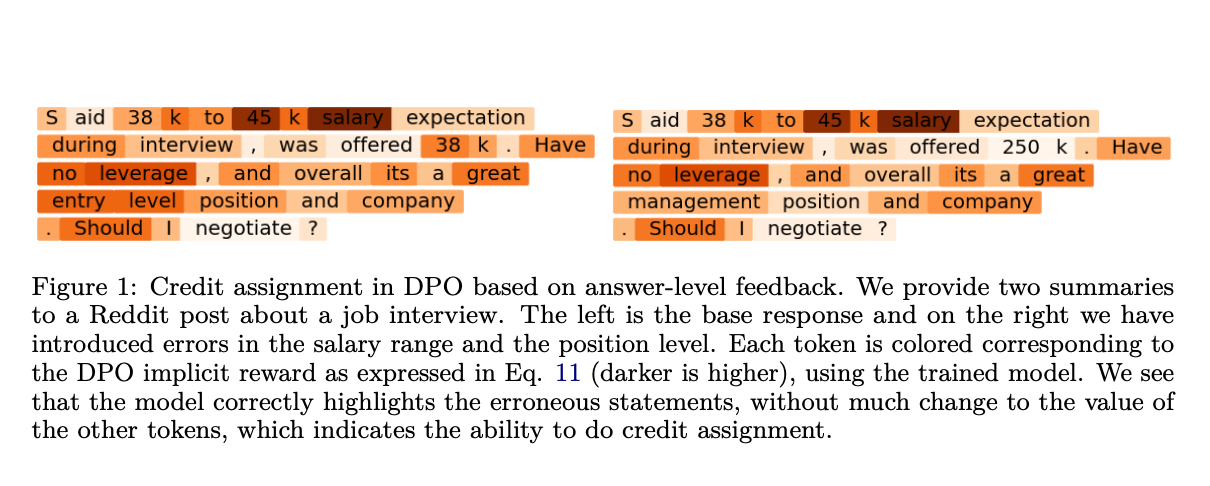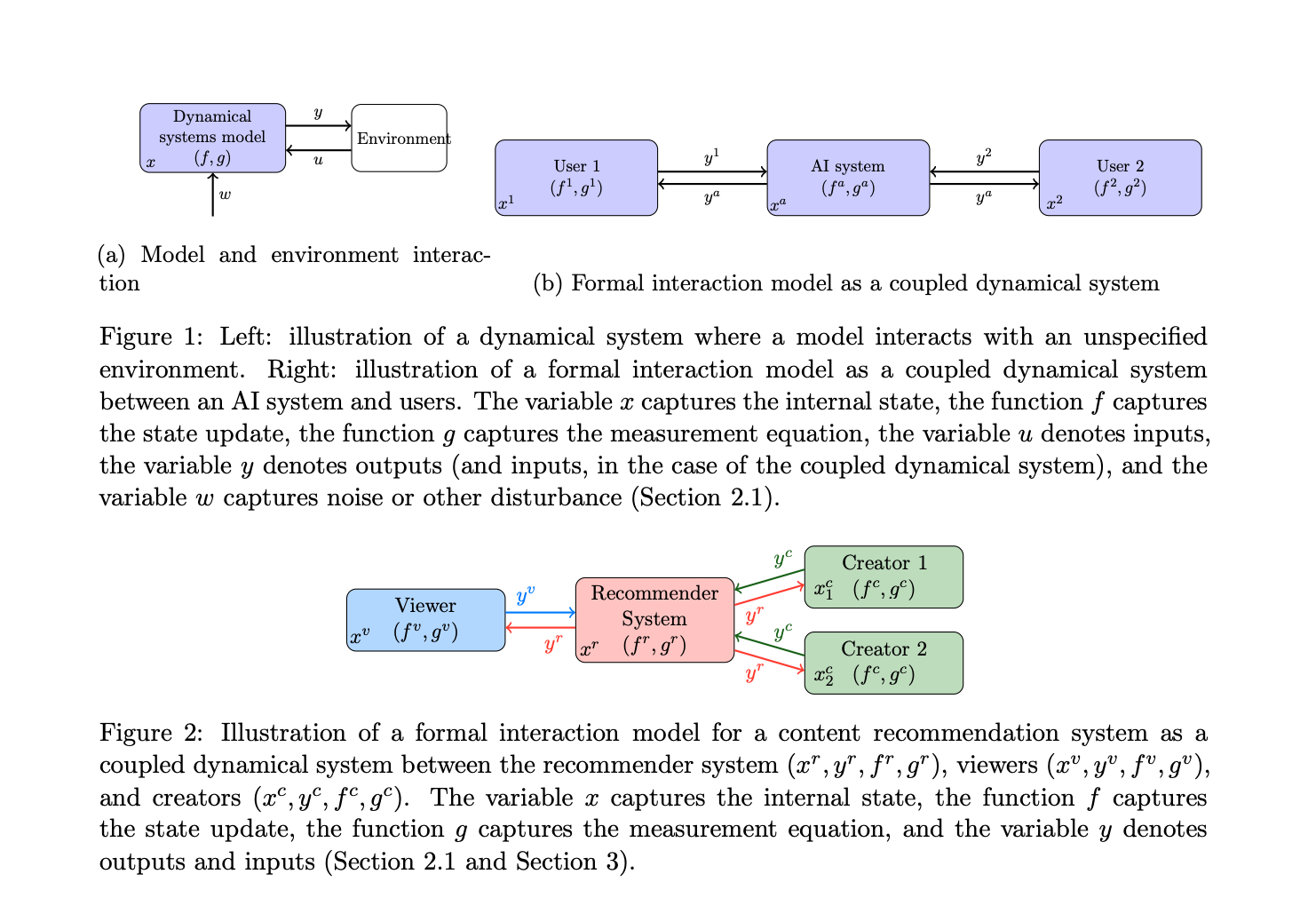Enhancing Anomaly Detection with Adaptive Noise: A Pseudo Anomaly Approach

Anomaly detection has gained traction in various fields such as surveillance, medical analysis, and network security. Typically approached as a one-class classification problem, autoencoder (AE) models are commonly used. However, AEs tend to reconstruct anomalies too well, reducing discrimination between normal and abnormal data. Memory-based networks and pseudo anomalies have been proposed to address this but with limitations.
The introduction of memory mechanisms into AE models aims to limit their reconstruction capability of anomalies. However, this approach may inadvertently affect normal data reconstructions. Another strategy involves generating pseudo anomalies, either by maximizing or minimizing reconstruction loss. Previous methods rely on strong inductive bias or hand-crafted augmentation techniques.
Researchers proposed a method that involves creating pseudo anomalies by incorporating adaptive noise into normal data. This is achieved by training another network to generate noise based on normal input, which is then added to the input to create pseudo anomalies. By training an AE to poorly reconstruct these pseudo anomalies, the reconstruction boundary evolves, improving anomaly detection. Unlike methods with strong inductive bias, this approach is generic and applicable across diverse domains, as demonstrated across various datasets.
Their method aims to enhance anomaly detection by training an AE to reconstruct normal input well while poorly reconstructing anomalies, achieved by incorporating learned adaptive noise into the normal data. This noise, generated by another autoencoder, creates pseudo anomalies, which are reconstructed poorly by the AE. The training process ensures that the AE evolves its reconstruction boundary towards improved anomaly detection. Unlike methods with strong inductive bias, this approach is generic and applicable across various domains. During testing, anomaly scores are computed based on reconstruction error, offering efficient inference without additional computational cost.
Starting with the definition of datasets and evaluation criteria. Researchers evaluated their method across diverse datasets, including surveillance videos (Ped2, Avenue, ShanghaiTech), CIFAR-10 images, and the KDDCUP99 network intrusion dataset. They preprocess inputs accordingly and set up hyperparameters using Adam optimizer. Their approach is compared extensively with baselines and state-of-the-art methods, showcasing its effectiveness and generic applicability.
Summary
- Researchers Introduced a robust approach to generate pseudo anomalies by incorporating noise without inductive bias.
- They utilized an additional autoencoder to learn noise generation, enhancing learnability.
- Conducted ablation studies and evaluations across diverse datasets.
- Demonstrated superiority and generic applicability in video, image, and network intrusion domains.
- They compared the method’s performance with existing state-of-the-art methods.
Check out the Paper. All credit for this research goes to the researchers of this project. Also, don’t forget to follow us on Twitter. Join our Telegram Channel, Discord Channel, and LinkedIn Group.
If you like our work, you will love our newsletter..
Don’t Forget to join our 42k+ ML SubReddit











